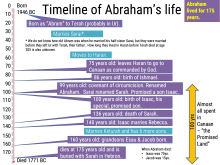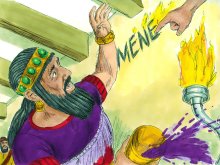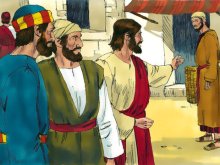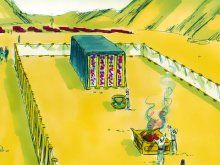Timeline of Isaac’s life
By Mark Morgan | Timelines
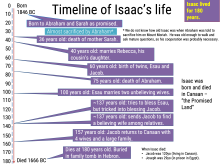
The life of Isaac
Sandwiched in between the more famous Abraham and Jacob is Isaac, the longest-lived of the patriarchs.
Isaac is probably best known for being tricked into blessing his younger son Jacob when he intended to bless Esau. The result of this deception was Isaac gave a blessing to Jacob that fulfilled what God had promised before the birth of the twins: the older (Esau) would serve the younger (Jacob).
There are some other details in Isaac’s life that may be well-known so let’s go through a few below.
Continue reading

